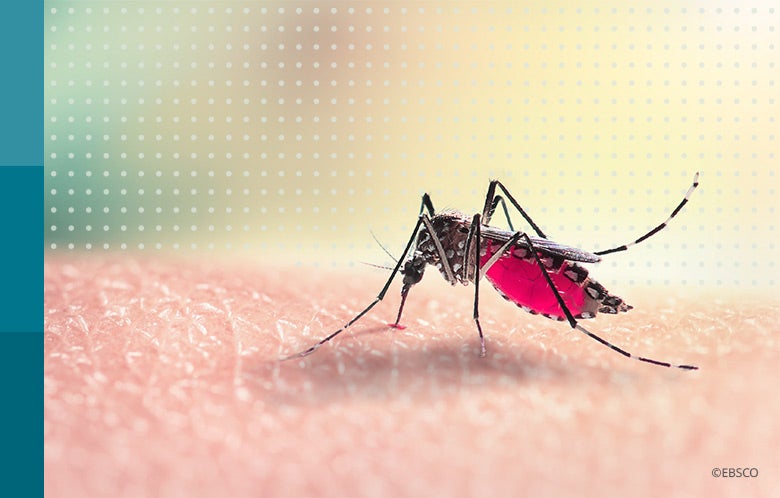In 1980, the World Health Organization (WHO) declared that there were zero cases of smallpox worldwide. This marked the first time in history that an infectious disease had been globally eradicated by human efforts. Since then, only one other disease has been eliminated: rinderpest, a highly contagious virus which primarily affected cattle. The last case was reported in 2001. The closest we have come to eradicating another major disease infecting humans is with guinea worm.
What is Guinea-worm disease and how does it spread?
Guinea-worm disease, also called dracunculiasis, is caused by infection by the parasitic nematode Dracunculus medinensis. Transmission usually occurs by drinking unfiltered water from ponds or stagnant water contaminated with copepods (small crustaceans) that have ingested the larvae of D. medinensis. The disease may also be acquired by ingesting raw or undercooked fish and frogs that have eaten copepods containing the larvae.
About a year after infection by the parasite, patients develop swelling and burning pain in the skin. Within a few hours or days, an adult female worm emerges from a painful blister, most commonly in a lower extremity. The worm itself can be up to a meter long and must be carefully removed from the wound. This is done by wrapping the worm around a piece of gauze or a stick and gently applying traction to pull the worm out without breaking it. The process of extraction can take days to weeks and is extremely painful.
Although dracunculiasis is rarely fatal, those infected by the parasite may develop permanent disability due to loss of function in the involved area (for example, a foot or leg). Affected individuals may also be more susceptible to secondary bacterial infections including sepsis. If left unextracted, the adult worm releases larvae when the wound comes into contact with water, continuing the parasite’s life cycle.
How many cases of dracunculiasis are there globally?
In 1986, an estimated 3.5 million cases of guinea-worm disease were reported across 20 countries. By 2023, that number dropped to 14 total cases across 6 countries.
This impressive feat is largely due to the work of the Carter Center, founded by former President Jimmy Carter, who recently died on December 29th, 2024, at the age of 100. Since there is no vaccine or medication to cure or prevent transmission, the Carter Center focused on collaborative efforts with the World Health Organization and affected countries -- including Angola, Cameroon, Chad, Ethiopia, Mali, and South Sudan -- to provide community-based interventions. These included education on how the parasite spreads, water filtration supplies and instructions on how to filter all drinking water, keeping anyone with an emerging worm from entering water sources, and treating unsafe water with temephos (a larvicide).
Will Guinea-worm disease be the first parasitic disease to be eradicated?
Although the massive reduction in the incidence of guinea worm infection over the past 50 years is a major accomplishment, there are challenges hindering full eradication of the disease.
First, internal conflict and resource insecurity in Mali and South Sudan have made areas in these countries impossible or unsafe for volunteers to access. This makes it difficult to accurately monitor infection numbers and provide health education to at-risk communities.
The second major challenge is that the parasite can infect animals as well as humans and reaching zero animal cases is required to achieve full eradication. In 2023, there were 886 animal infections reported, mostly among domestic dogs, representing a 30 percent increase from 2022. However, the rise in cases could be due to improved surveillance for animal infections rather than more infected animals. Efforts have focused on tethering domestic animals to prevent them from accessing water sources.
Despite these challenges, global efforts to eradicate guinea worm can still be considered a success story, and full eradication may well be within reach in the near future.



